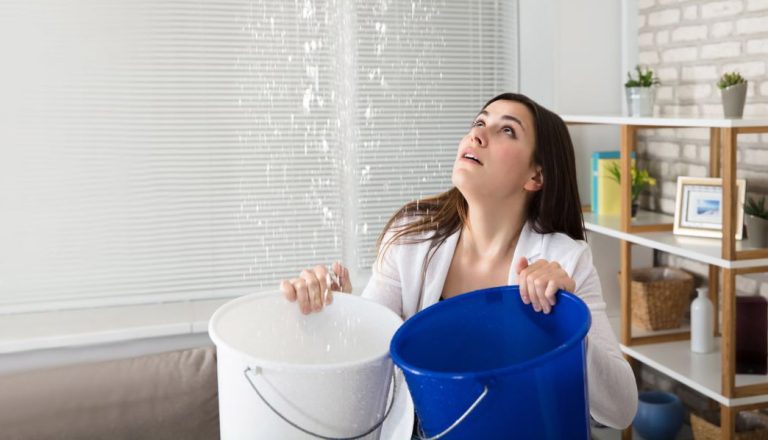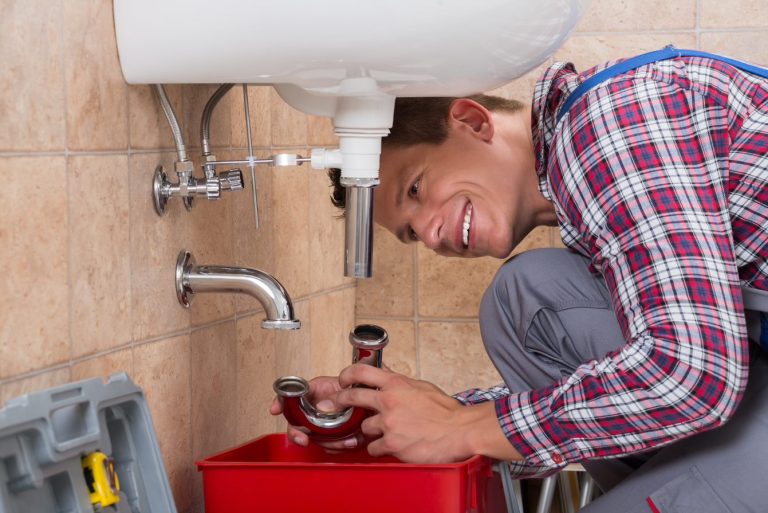We’ve all been there – you’re going about your daily routine, and suddenly, you’re faced with an emergency plumbing repair situation. Whether it’s a leaky pipe, a clogged drain, or even a full-blown sewage backup, the panic is real. But fear not, for Royal Flush Plumbing are here to guide you through handling these emergency plumbing repairs like a pro.
Understanding Common Emergency Plumbing Repairs
Before we dive into the nitty-gritty, let’s start by understanding the common emergency plumbing repairs that can disrupt your day.
Leaky Leaks Everywhere Picture this: you’ve just had a long hot bath, you go downstairs and discover water dripping from your ceiling. That’s your classic emergency plumbing situation. Leaks are often caused by wear and tear or poor maintenance. I once had a customer who ignored a small leak for months, only to find out that it had caused significant damage to their walls and floor. Don’t be that person!
The Burst Pipe Nightmare A burst pipe can turn your home into a waterpark, and not the fun kind. Extreme weather conditions or freezing can cause pipes to burst. I once had a call during a harsh winter when a family’s water pipes had frozen and burst. The water damage was extensive, and it could have been prevented with a bit of insulation.
Clogged Drains, the Silent Trouble Clogged drains are the sneaky villains of plumbing. They lurk beneath your sinks, waiting to cause havoc. They are usually caused by hair, soap scum, and other debris. I’ve personally witnessed toilets threatening to overflow due to stubborn clogs – a messy situation you’d want to avoid.
Sewage Backups, Yuck! A sewage backup is the stuff of nightmares. When your toilets start regurgitating their contents, it’s time to act fast. These backups can occur due to blocked sewer lines, and they bring with them an unpleasant odor. I once helped a family with a sewage backup, and it was a stinky situation they won’t forget!
Creating a Plumbing Emergency Toolkit
Now that you know what to look out for, let’s talk about preparing yourself for emergency plumbing repairs. The key here is to have a plumbing emergency toolkit on hand. Trust me; this toolkit can be a lifesaver.
The Essential Tools • Plunger: A good plunger is your best friend for unclogging toilets and sinks. I always say, everyone should have a plunger under their sink. • Pipe Wrench: For those moments when you need to tighten or loosen pipes, a pipe wrench is invaluable. • Pipe Tape and Plumber’s Putty: These are your secret weapons for sealing leaks and making temporary fixes. • A Bucket: Having a bucket handy is crucial for collecting excess water and preventing further damage.
Using Your Toolkit Let’s say you’re dealing with a minor leak. I remember a time when a client had a small leak under their sink. With a wrench and some plumber’s putty, they managed to patch it up temporarily, until we could get out to them later that same day, saving them from a bigger mess.
But remember, your toolkit can only get you so far. Sometimes, it’s best to call in the experts at Royal Flush Plumbing.

Immediate Actions to Take During Emergency Plumbing Repairs
The moment you discover a plumbing emergency, you’ve got to spring into action. Here’s what you should do:
Shut Off the Water Imagine your home’s water supply as the control center for all your plumbing. Find the main shut-off valve, which is typically located near your water meter or where the main water line enters your home. Turn it off to stop the flow of water and prevent further damage. I once helped a friend with a burst pipe, luckily she knew where the shutoff valve was and turned it off before I had even arrived, It was a game-changer.
Managing Minor Leaks In case of minor leaks, use your toolkit to temporarily seal the leak and place a bucket underneath to catch any dripping water. If it’s a plumbing fixture like a faucet or a toilet, turn it off or shut it down as well. It might not be a permanent solution, but it buys you time until a professional can fix it properly.
Electricity and Water Don’t Mix Water and electricity are a dangerous duo. If your plumbing emergency involves electrical appliances or outlets, avoid the area. Safety first! Do not switch lights are sockets on in that area.
DIY Fixes for Minor Plumbing Issues
For minor plumbing issues, a little DIY know-how can save you time and money. Here are some quick fixes you can try:
Clogged Drains: The Plunger and Drain Snake Combo If you’re dealing with a clogged sink or toilet, start with a plunger. Place it over the drain, give it a few firm plunges, and see if that clears the clog. If not, a drain snake can help you break through and pull out the blockage.
Leaky Faucets and Showerheads A dripping faucet can be maddening. Often, it’s just a worn-out washer or O-ring. Unless it’s a lever style tap then it most likely needs a replacement ceramic disk cartridge.
When to Call a Professional
While DIY fixes can handle minor issues, there comes a time when you need to call in a professional plumber. Here’s when you should pick up the phone:
Signs That You Need a Pro
- Multiple Leaks: If you’re dealing with several leaks at once, or the leak is major, it’s time to call a pro.
- Water wont stop: If you’ve shut off the main water supply but the leak hasn’t stopped, it’s time to call in the pros.
- Sewage Backup: This is a definite call-for-help moment. Dealing with raw sewage is risky and unsanitary.
Choosing the Right Plumber When selecting a plumber, look for companies with good credentials and great customer reviews. Royal Flush Plumbing has both of these and much more to help you when you most need it.
Preventive Maintenance Tips
Preventing plumbing issues is often easier and cheaper than fixing them. Here are some tips to keep your plumbing in tip-top shape:
Regular Inspections Get in the habit of inspecting your plumbing regularly. Look for signs of leaks, water stains, and any unusual odors. This can help you catch problems early.
Seasonal Maintenance Seasonal maintenance is crucial. In winter, insulate your pipes to prevent freezing. In spring and fall, check your gutters and downspouts to ensure proper drainage.
Be Mindful of What Goes Down the Drain Finally, be cautious about what you flush down your drains. Avoid putting grease, food scraps, or hair down the sink or toilet. A little prevention goes a long way!
Conclusion
Emergency plumbing repairs can be daunting, but with the right tools, knowledge, and a bit of calm under pressure, you can handle them like a pro. Remember to stay safe, know your limits, and don’t hesitate to call in a professional when needed. Regular maintenance is your best friend in preventing emergencies, so keep an eye on your plumbing, and you’ll save yourself a world of trouble. With these tips, you’ve got the power to face emergency plumbing repairs head-on and emerge victorious. Don’t panic; you’ve got this!

